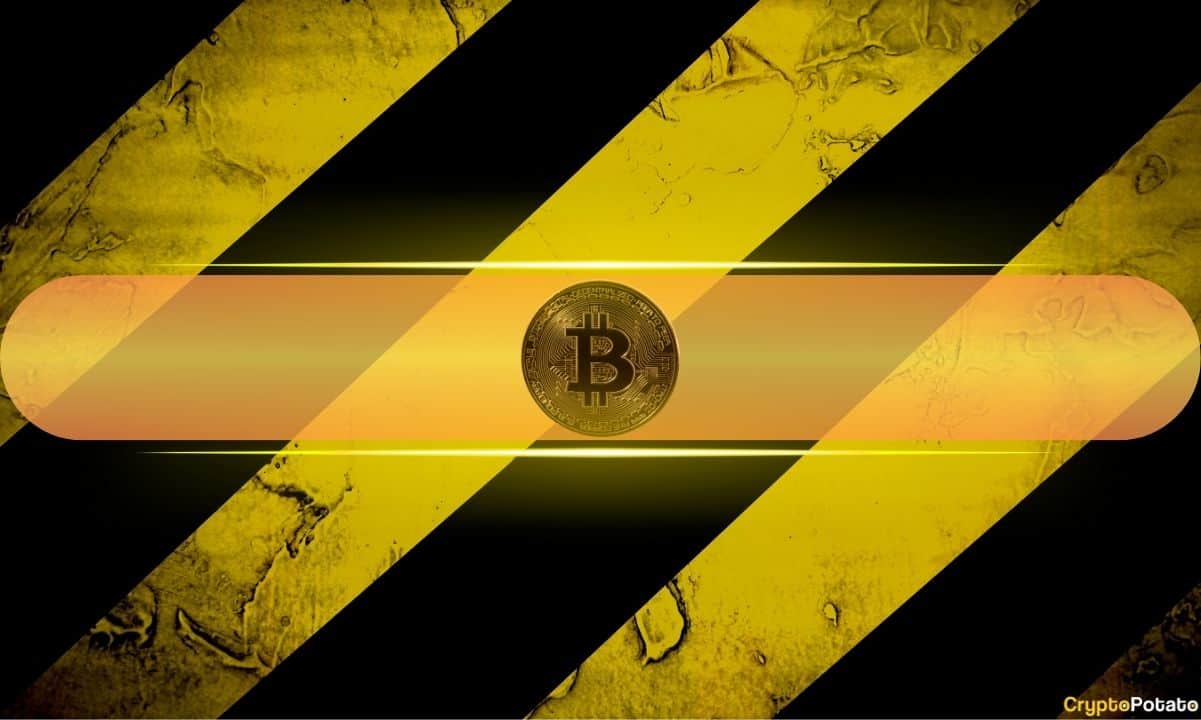When Satoshi Nakamoto released the Bitcoin white paper in 2008, he envisioned an electronic cash system for the world.
Satoshi talked about micropayments, peer-to-peer transactions, and how Bitcoin “never really hits a scaling ceiling.” He envisioned small casual transactions, making new types of commerce possible. He even included a poker client in the original Bitcoin code.
Yet, in 2025, Bitcoin is nothing more than a Wall Street plaything for reckless gamblers like Michael Saylor to bet on, and the wider blockchain industry is a mess. Companies like Blackrock (NASDAQ: BLK) are in the game, and the small, casual transactions Satoshi envisioned have to go through a layer two ‘solution’ called the Lightning Network controlled by corporations like Blockstream and Strike.
Bitcoin has become unrecognizable in almost two decades, and blockchain tech has failed to deliver on its potential.
A dismal failure to deliver on the promise of blockchain tech
It’s not just what Bitcoin has become—Ethereum and the thousands of other chains haven’t fared much better. Despite endless updates, Ethereum is still a tangled mess of side chains, layer twos, and bridges, and no single application has been a mainstream success.
What about enterprise blockchain? Remember IBM’s (NASDAQ: IBM) Hyperledger and Corda’s R3? These days, they’re hardly mentioned, and they’ve seen almost no adoption. Tens of billions and a decade of time have been spent, and there’s no sign that any of these systems will be used seriously.
Why has it gone down this way? There are a few key reasons.
First, the greedfest that saw speculation replace utility and building set the industry back by a decade or more. There isn’t an application anyone could have built that would have outperformed the financial returns on simply holding BTC or Ethereum for 10 years. Capital goes where it is incentivized to go, and with no killer apps, the blockchains that were supposed to host them suffer. Ironically, the technical limitations of many of these blockchains have killed the once promising apps built on them.
Second, everything is fragmented. Instead of apps making each other more valuable due to interoperability and unified liquidity on one scalable chain and coin, DeFi, gaming, and other apps exist on hundreds of different blockchains, none of which can scale well enough to host the others even if they migrate. Even on Ethereum, popular apps exist on different layer twos like Polygon, so moving funds from one to another necessitates fees, bridges, and the associated security risks.
That brings us nicely to the last point—the user experience on almost every blockchain sucks. Every good VC knows that the best tech doesn’t necessarily win—the one with the best UX stands the greatest chance of success. Yet, even seasoned professionals struggle to understand the complex web of wallets, bridges, and different standards on this blockchain.
With retail out, no mainstream apps on any chain, increasing concern about the environmental and societal costs, and dead chains that never delivered on their promises scattered all over the battlefield, it’s little wonder that the blockchain economy today can best be described as a slow-motion collapse of credibility and hope. It’s sad to see, but it didn’t have to be this way.
BSV could serve as the base layer for everything in blockchain
Every blockchain proponent promises their favorite chain is the solution to all of this nonsense, but unlike the others, BSV fans like me can back it up with demonstrable proof.
This blockchain, which follows Satoshi Nakamoto’s original design, can already do one million transactions per second for fees of fractions of a penny. It has a growing list of applications in cybersecurity, supply chain management, Web3 gaming, and more. While BSV is by no means a boom town, it has been gaining ground steadily, and unlike Ethereum, Polkadot, or any of the others, it can scale unboundedly and is attracting interest from all over.
Polkadot is dead.
Raised $500M. Promised a revolution.
Now? No users. No devs. No future.
Here’s how one of crypto’s biggest bets faded into a ghost chain 👇🧵 pic.twitter.com/XMHElzhOl0
Once again, these aren’t unfounded claims; they’re provable. The Teranode update has shown that BSV can consistently process millions of transactions per second. Furthermore, fees don’t increase when transaction capacity is pushed to its limits. Check out WhatsOnChain for the latest BSV stats, including daily transactions and average fees. Just like Satoshi said, it never really hits a scaling ceiling, and the fees are low all the time.
Let’s unite and build a blockchain-powered world together
If the blockchain industry will amount to anything, we’ve got to set aside petty politics, tribal affiliations, and wishful thinking and embrace the solution that works today. BSV’s architects have already achieved these technical milestones with only a few hundred key players; imagine what could be achieved if all the time, energy, brainpower, and money in the industry decided to circle the wagons and push the limits even further.
In 2025, most blockchains are vaporware, and the industry is widely considered a joke. However, there’s still time to turn the corner, and in five years, those of us who staked our names to promote blockchains’ virtues can be smiling as everything we told the critics it was capable of comes true, or we can still be spinning in circles hoping for a miracle from the same teams that have consistently failed to deliver in the past.
It’s time to set the past aside, embrace the one scalable protocol that can serve as the backbone of everything, and build on BSV. Check out some of the developer tools and resources on the BSV Association website to get started!
Watch | Decoding Prosperity: How Blockchain Drives Inclusive Growth
















![11 Best Crypto & Bitcoin Casinos in Australia [2025]](https://coincheckup.com/blog/wp-content/uploads/best-crypto-and-bitcoin-casinos-in-australia-coincheckup-1024x576.png)
 English (US) ·
English (US) ·